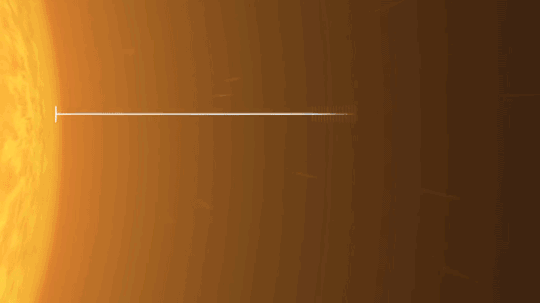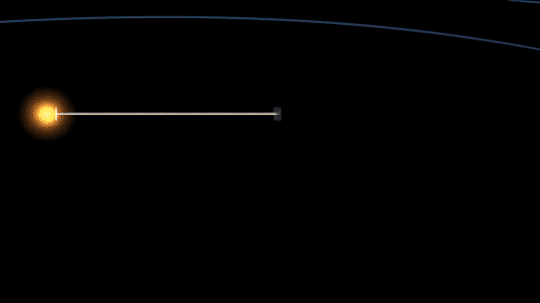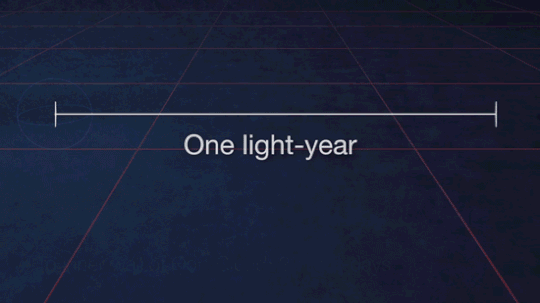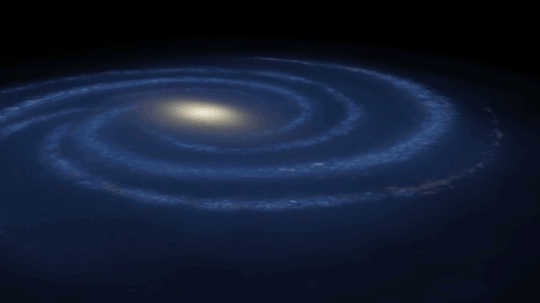When we talk about the enormity of the cosmos, it’s easy to
toss out big numbers – but far harder to wrap our minds around just how large,
how far and how numerous celestial bodies like exoplanets – planets beyond our
solar system – really are.
So. How big is our Milky Way Galaxy?
We use light-time to measure the vast distances of space.
It’s the distance that light travels in a specific period of
time. Also: LIGHT IS FAST, nothing travels faster than light.

How far can light travel in one second? 186,000 miles. It
might look even faster in metric: 300,000 kilometers in one second. See? FAST.

How far can light travel in one minute? 11,160,000 miles.
We’re moving now! Light could go around the Earth a bit more than 448 times in
one minute.

Speaking of Earth, how long does it take light
from the Sun to reach our planet? 8.3 minutes. (It takes 43.2 minutes for
sunlight to reach Jupiter, about 484 million miles away.) Light is fast, but
the distances are VAST.

In an hour, light can travel 671 million miles. We’re still
light-years from the nearest
exoplanet, by the way. Proxima Centauri b is 4.2 light-years away. So… how far
is a light-year? 5.8 TRILLION MILES.

A trip at light speed to the very edge of our solar system –
the farthest reaches of the Oort Cloud, a collection of dormant comets way, WAY
out there – would take about 1.87 years.
Our galaxy contains 100 to 400 billion stars and is about
100,000 light-years across!
One of the most distant exoplanets known to us in the Milky
Way is Kepler-443b. Traveling at light speed, it would take 3,000 years to get
there. Or 28 billion years, going 60 mph. So, you know, far.
SPACE IS BIG.

Read more here: go.nasa.gov/2FTyhgH
Make sure to follow us on Tumblr for your regular dose of space: http://nasa.tumblr.com.





Комментариев нет:
Отправить комментарий